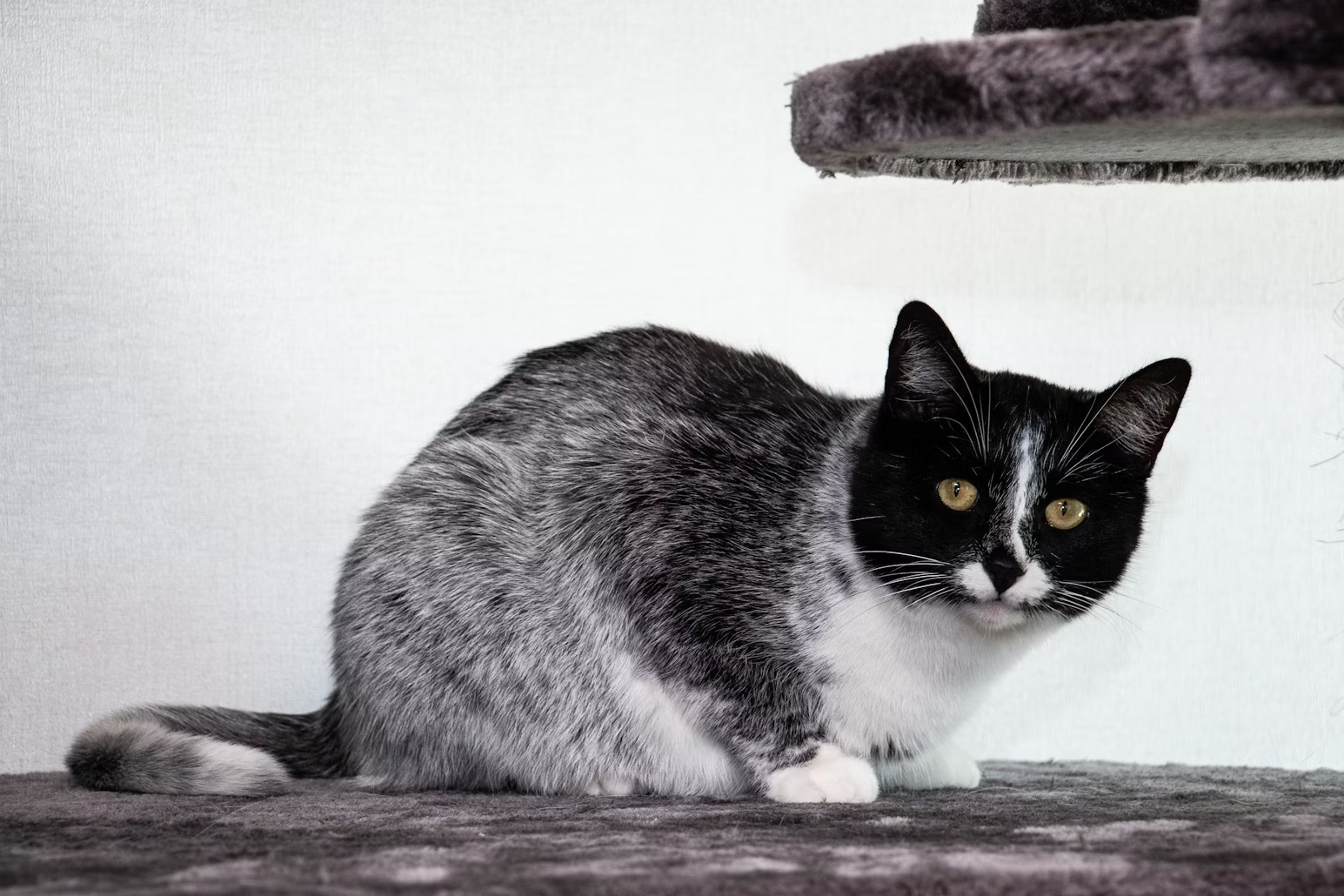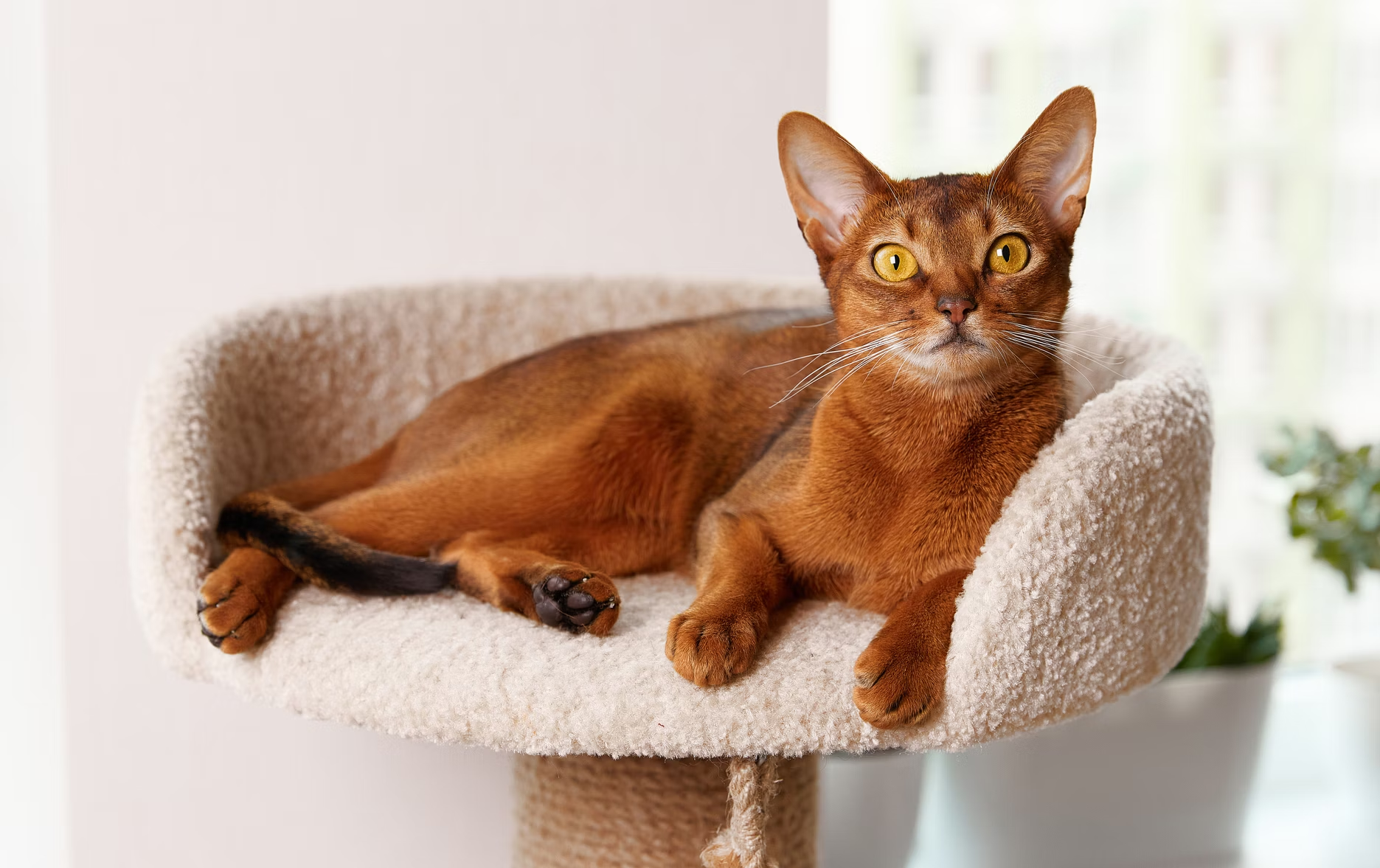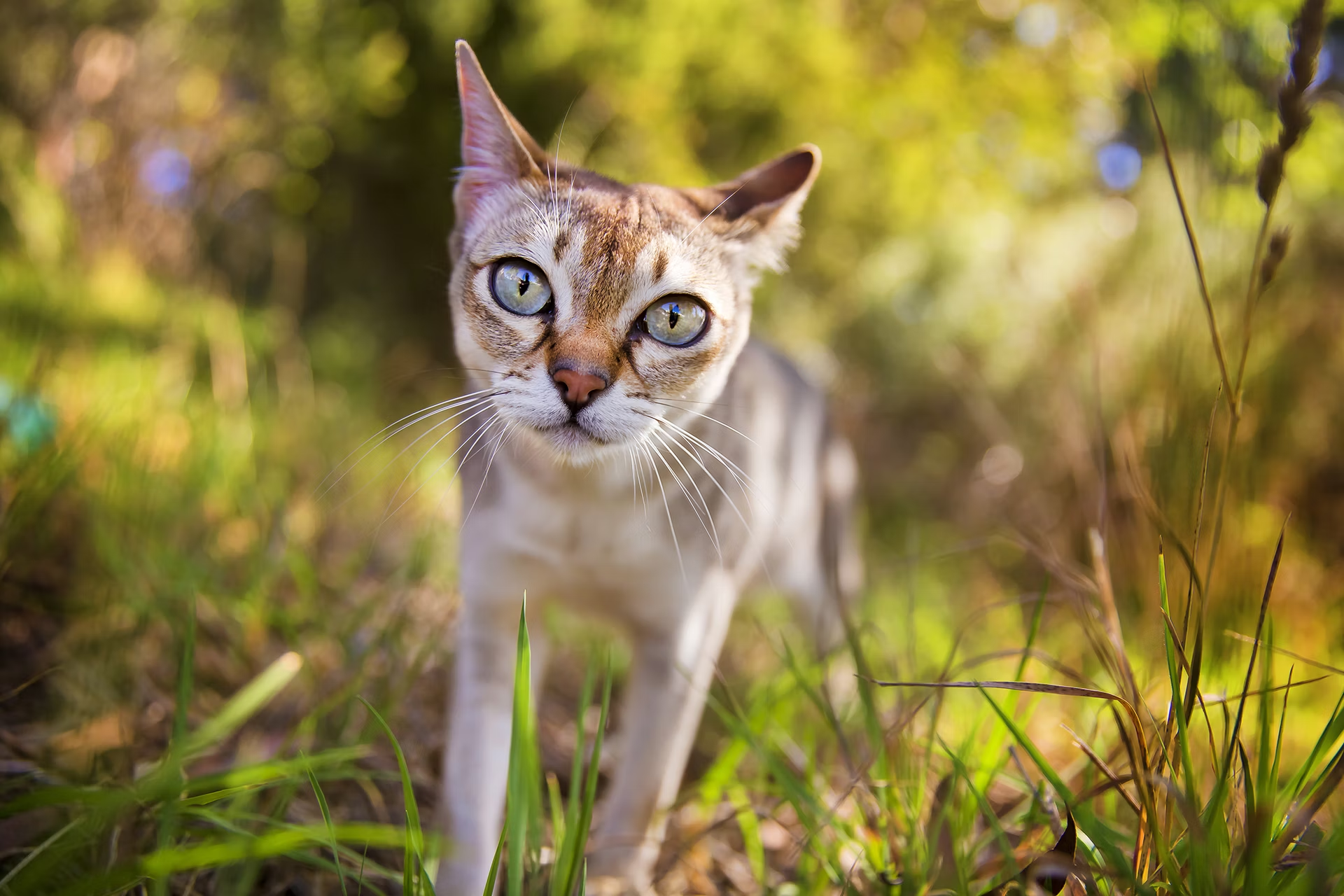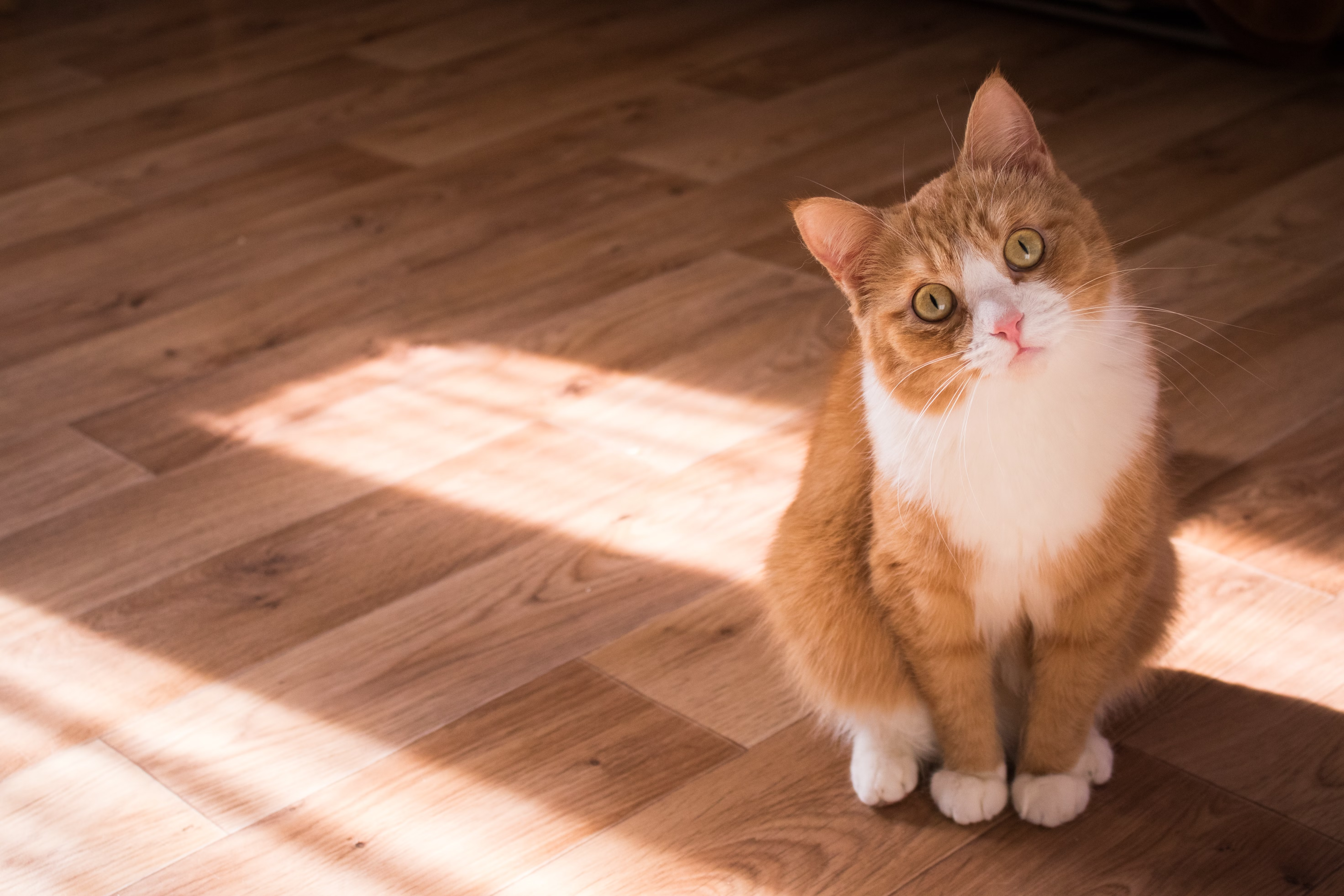Image credit: Ari Kankainen
There’s always something new to uncover in the world of feline genetics. When that discovery is an eye-catching coat pattern, it draws the attention of geneticists and pet parents alike. That’s exactly what happened when a distinctive fur color—now called “salmiak”—was first identified. Read on to learn about this coat color variant and how the Wisdom Panel team contributed to the understanding of the genetics behind the distinctive look.
A striking new coat pattern
Back in 2007, cats with a unique fur pattern were observed in domestic cats in the central Finland region. These cats, typically found in a feral cat population consisting of black and black-and-white colored cats, displayed a normal black-and-white "tuxedo" coloration with additional gradation of color within hairs on its colored areas. This resulted in hair with a colored base and white hair tips.
Since first observed, cats with this color pattern have remained a rare sight in central Finland. They descend from the same wild population, and only non-pedigreed cats are known to have this coat pattern. And since all cats brought in from the streets were neutered, no one knew if they could reproduce. That is, until recent evidence showed a cat with this coat pattern giving birth to a litter of four kittens.
Captivated by the look of these cats and in possession of a genetic sample, researchers at the University of Helsinki, reached out to the Wisdom Panel team for help investigating the genetics of this coat color. And we were happy to lend a hand!
Digging into the genetics
Our study began by genotyping known coat color variants using the MyCatDNA™ panel screening test. This effort revealed that a part of the coloration—all the white hairs in this cat—had no known genetic explanation.
Further intrigued by this unique color pattern, the researchers at the University of Helsinki reached out to the public through a national newspaper, seeking sightings of cats with a similar pattern. This successful outreach led to the discovery of additional cats with this coat pattern. However, the pattern was not only found on solid black; but also on blue, brown tabby, and tortoiseshell cats.
Genotyping with the MyCatDNA panel test confirmed that their atypical white patterning had a novel genetic background. Given that around the world, the white patternings and full white color, in both pedigree and non-pedigree cats, are largely explained by two common variants of the KIT gene (also known as White, or W locus). Additionally, the appearance of breed-defining white paws in the Birman cats is associated with another variant in the KIT gene. We considered the KIT gene as the most likely candidate locus for this newly discovered white fur pattern, due to its Finnish origin and its close resemblance to the local salty sweet, we named this color "salmiak" (salty licorice in Finnish).
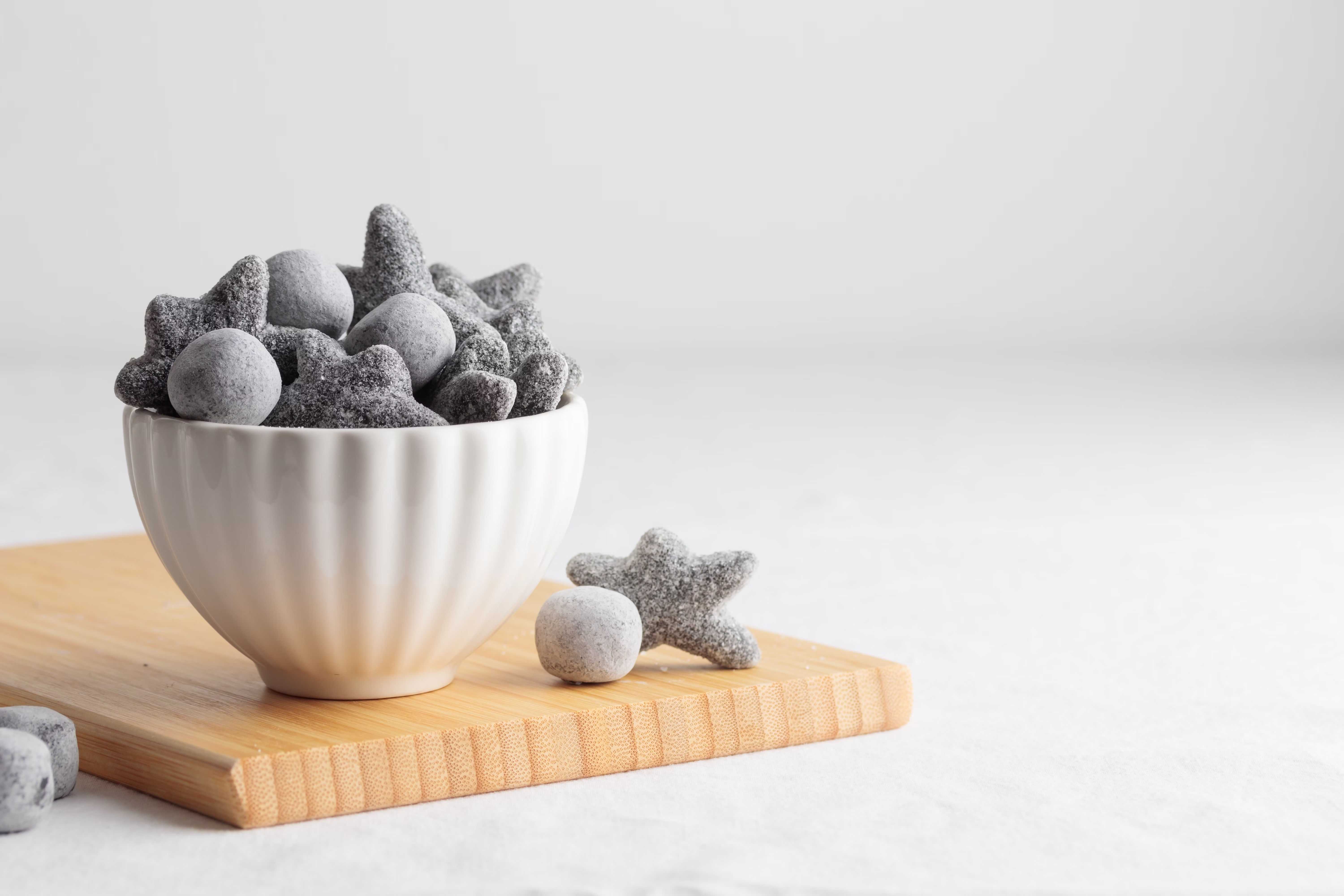
To continue the collaborative investigation with University of Helsinki, two salmiak-colored cats were whole-genome sequenced, and further explored the region of the KIT gene. Initially, no unique variants were discovered within the coding region of the KIT gene. However, visual inspections of the sequence region revealed a large deletion near the KIT gene of both salmiak cats that could impact gene expression. Genotyping additional Finnish domestic cats for the newly discovered variant confirmed the novel KIT variant fully concordant with the salmiak appearance. he salmiak color pattern is recessively inherited, meaning it requires one copy of the salmiak variant from both parents in order for the trait to be visible.
Final thoughts
The discovery of the salmiak variant enriches our understanding of feline coat color genetics. But that’s not all. This knowledge could also be valuable for breeding efforts, potentially contributing to the preservation of this trait in our feline companions.
